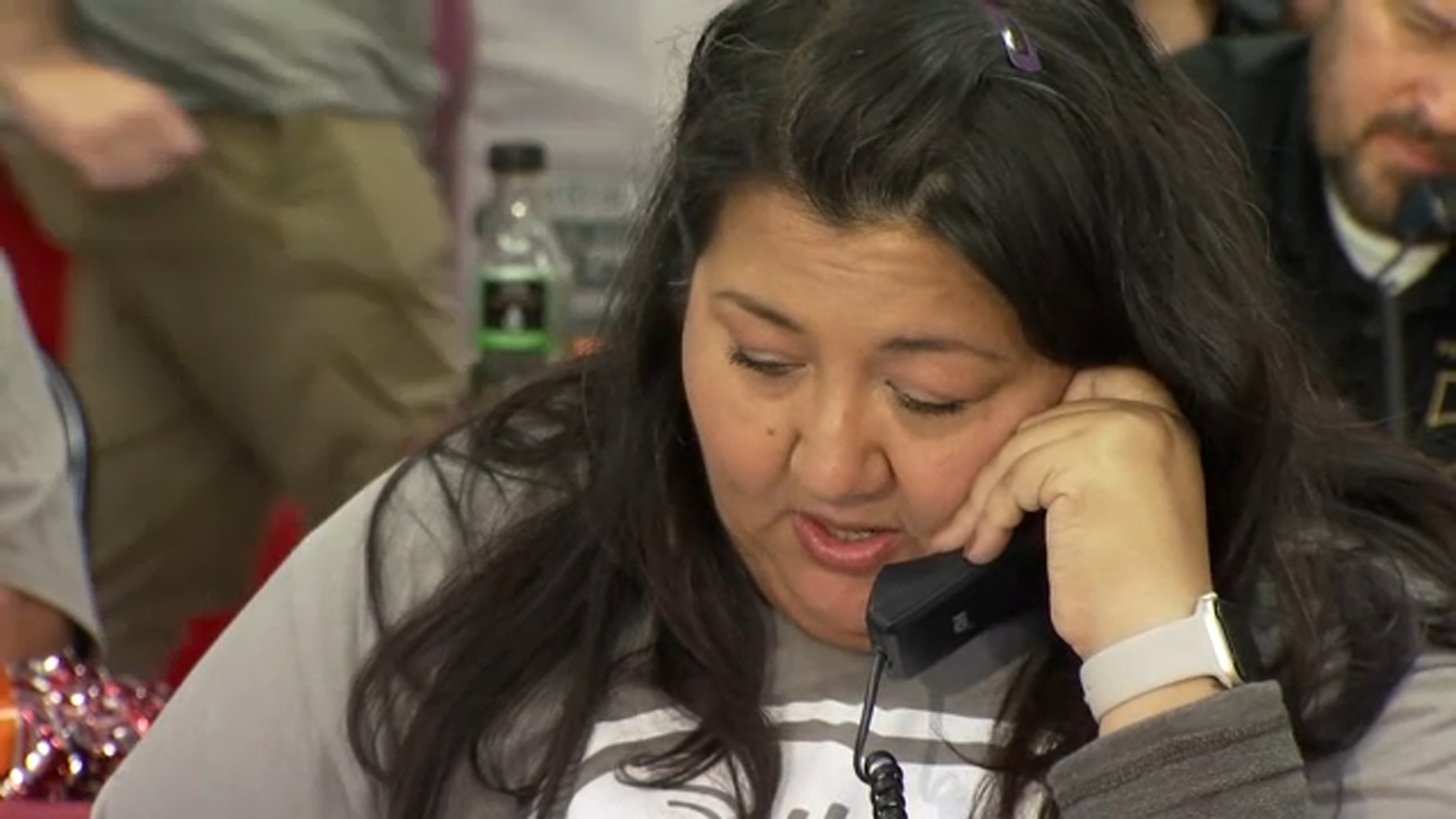Mylotarg Makes A Comeback For Leukemia

Mylotarg was heralded as the first targeted therapy in the U.S. in 2000. The FDA fast-tracked its approval for leukemia, but it was withdrawn when further testing showed increased mortality. After extensive genetic testing, Mylotarg is back on the market with new dosing and a specific target. More on the amazing turnaround that is saving lives.
When doctors told Michelle Yim-Karpan she had AML, a form of leukemia, she knew only 27 percent of patients live five years after diagnosis. Chemo treatments had her in and out of remission. Then, in 2014, she was able to get Mylotarg and has been disease-free ever since.
"It gives you a lot of hope. It gives you a lot of hope, because when you originally read the stats for AML, the stats are not very good," Yim-Karpan told Ivanhoe.
Doctor Irwin Bernstein developed the antibody that delivered a highly toxic drug to the protein CD33, found on leukemia cells. He watched it get rapid FDA approval, then be taken off the market ten years later.
"We were convinced it really worked and it was probably a matter of time and it was a matter the economics and the companies; something that we can't control. But fortunately, the data was good enough and it came back," Irwin Bernstein, MD, of Fred Hutchinson Cancer Research Center and Professor at University of Washington explained.
Researchers like Soheil Meshinchi say the breakthrough involved picking more appropriate patients, like Michelle, whose tumors express the CD33 antigen. This means that the protein of interest is present in the tumor.
"If it's not expressed, there's no place for Mylotarg to bind to, thus no effect," Soheil Meshinchi, MD, PhD, a Pediatric Oncologist at Fred Hutchinson Cancer Research Center said. (Read Full Interview)
Dr. Meshinchi says patients with higher CD33-positive AML are showing a 35 to 40 percent increase in survival.
Dr. Bernstein stated, "As for many other targeted drugs, we're learning how to use this better and better and we'll give it to the right people and anticipate more effective results."
It's allowing Michelle to look ahead with more confidence.
Mylotarg is approved for kids as young as two. It's given along with standard chemotherapy drugs, usually after most leukemia cells have been cleared from the bloodstream.









